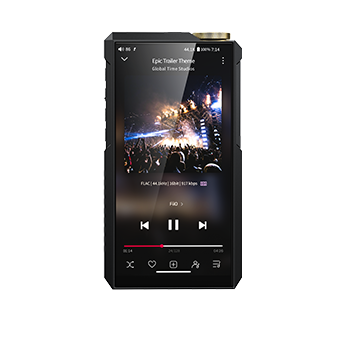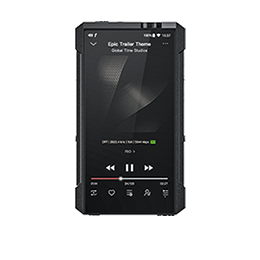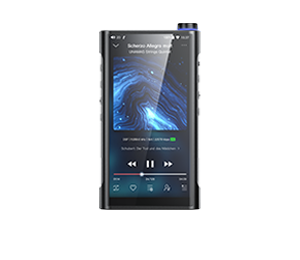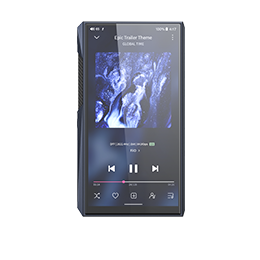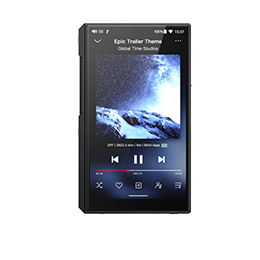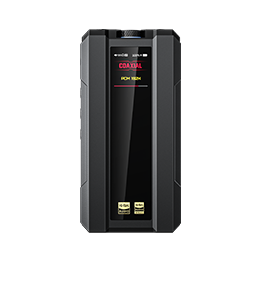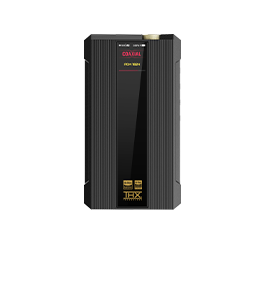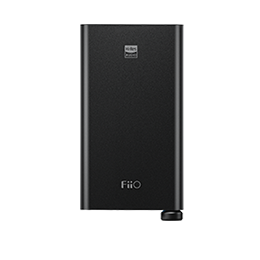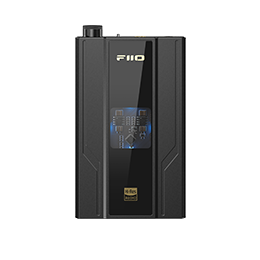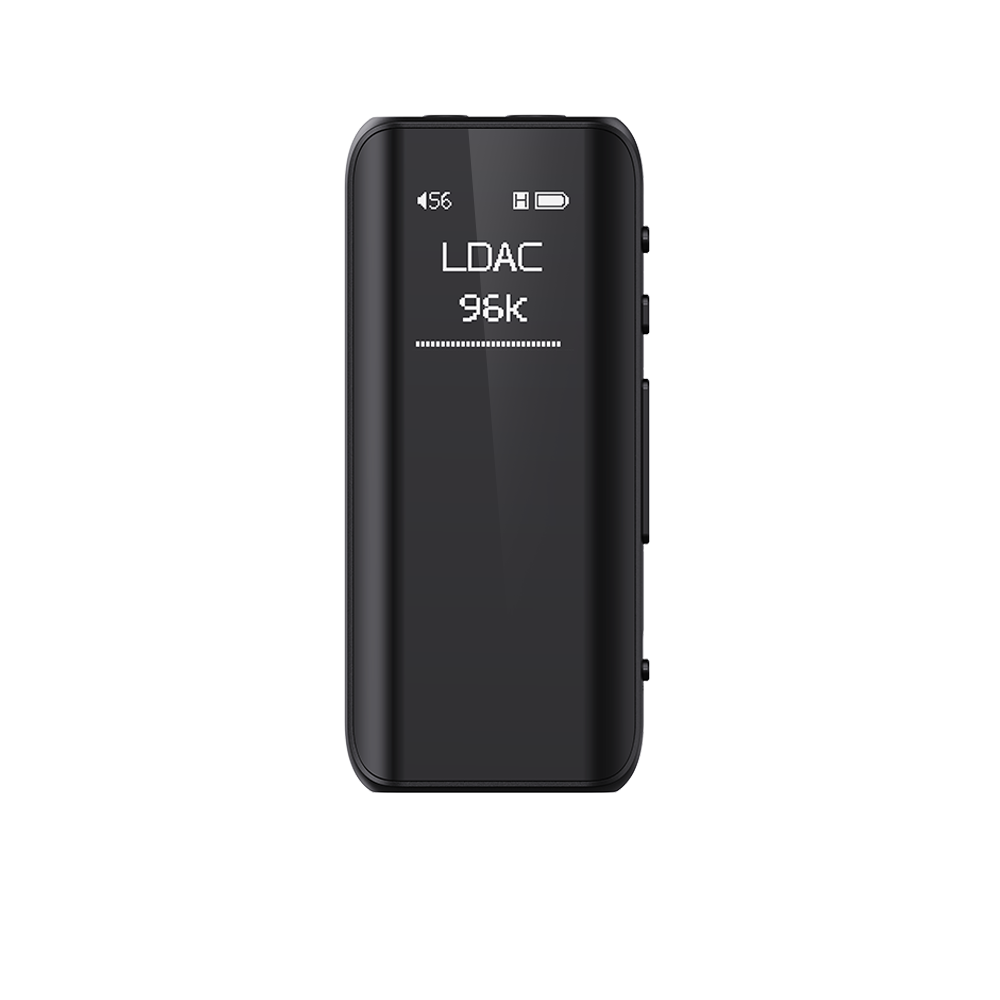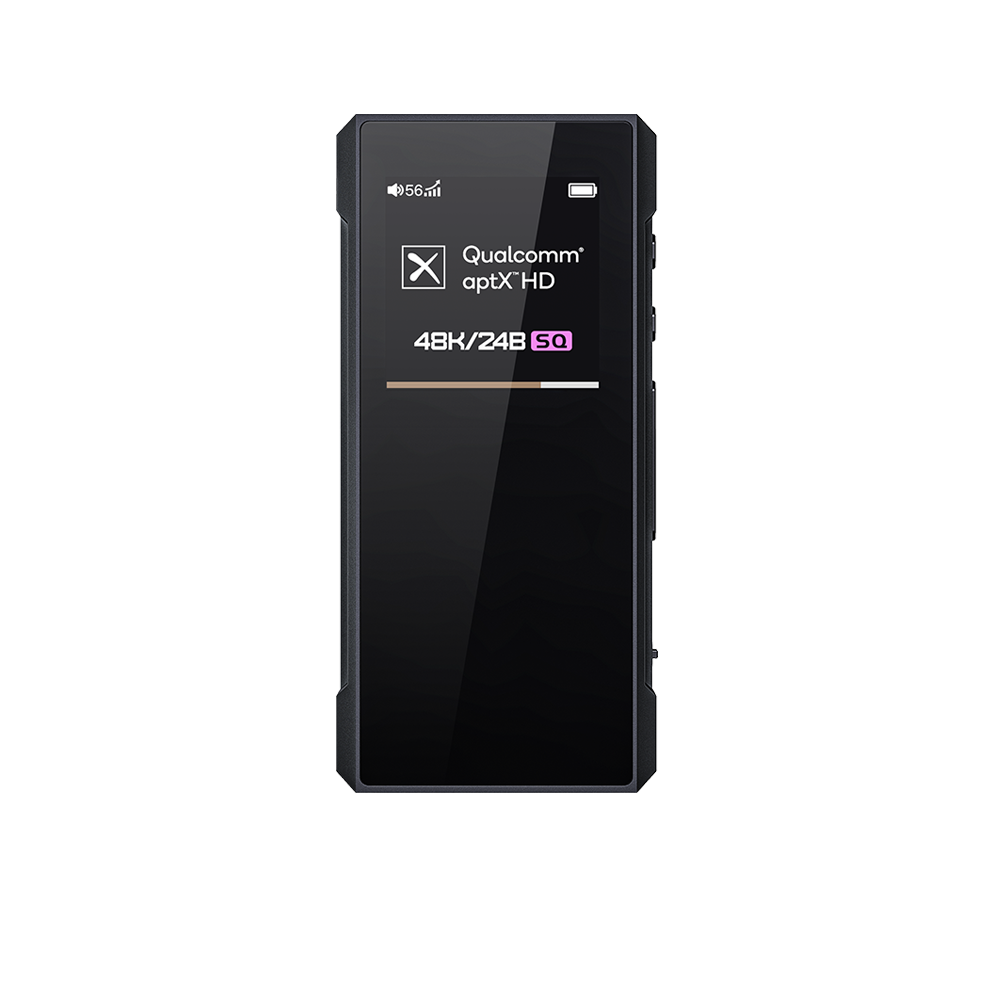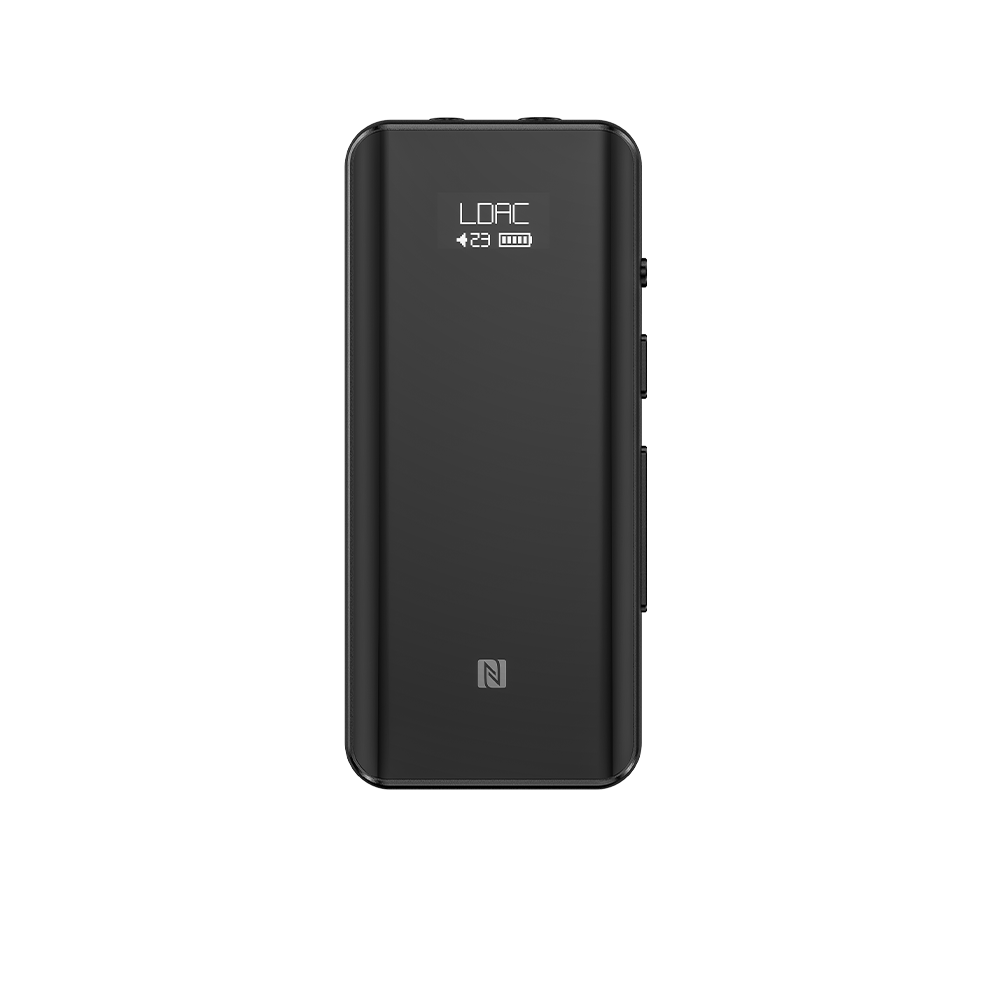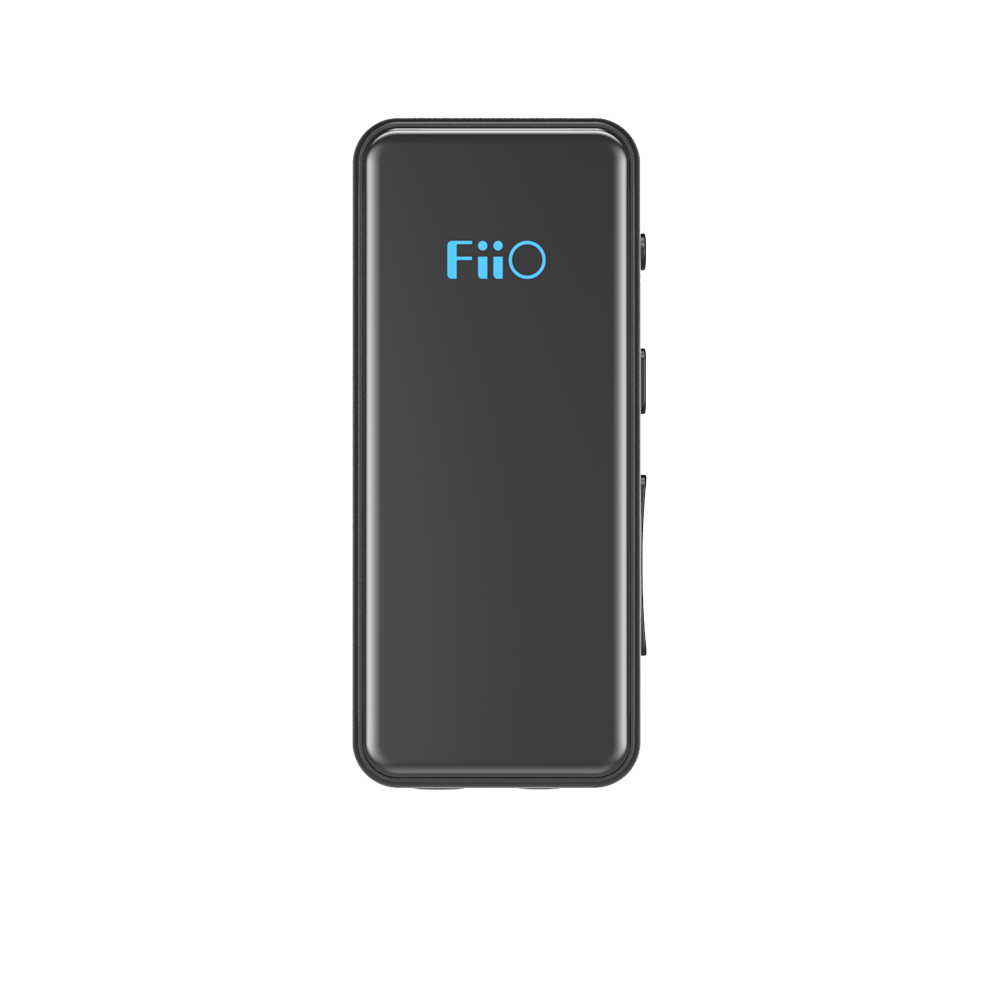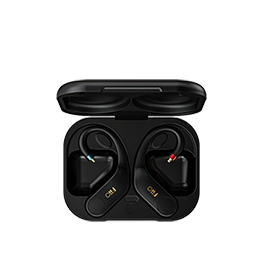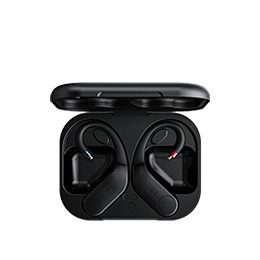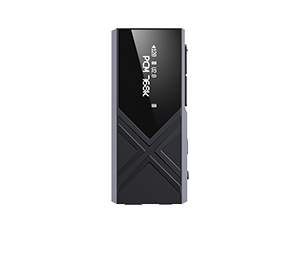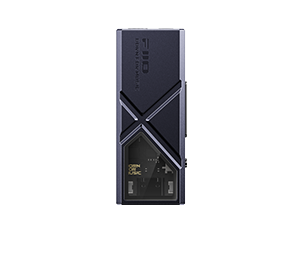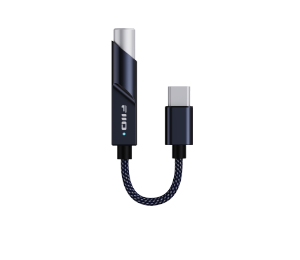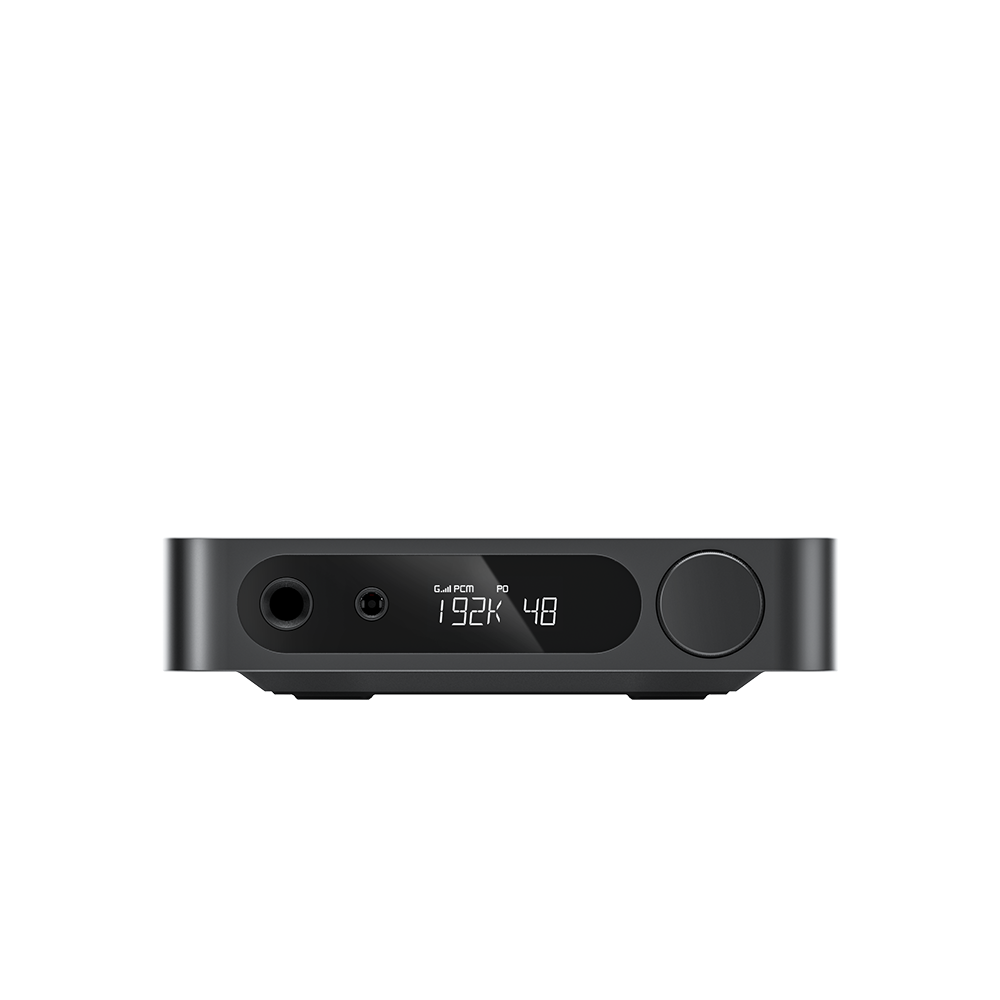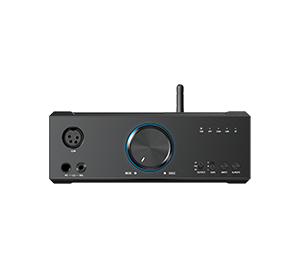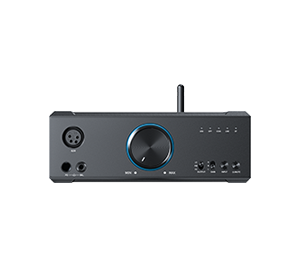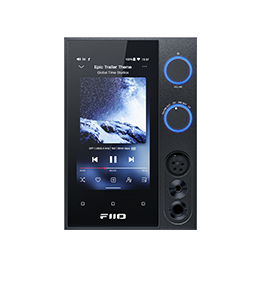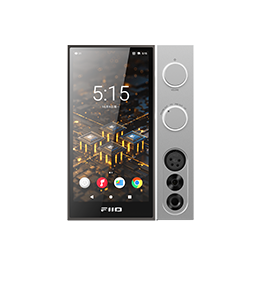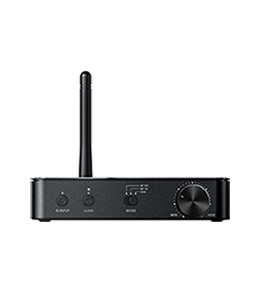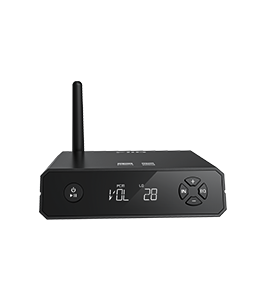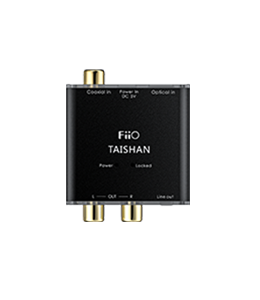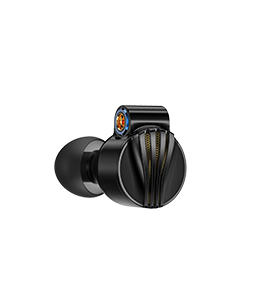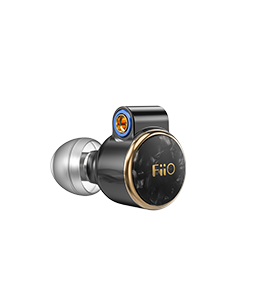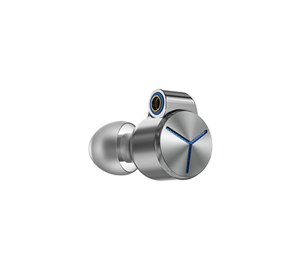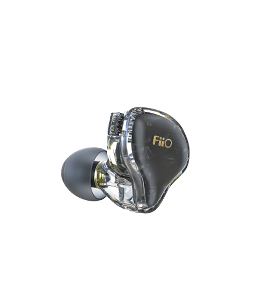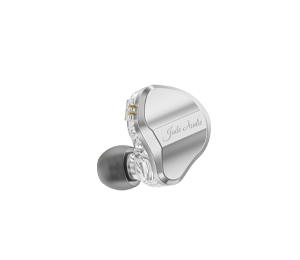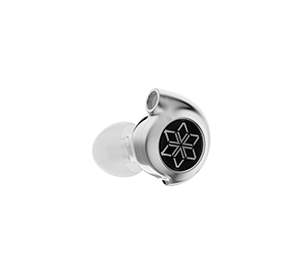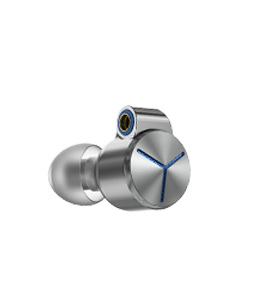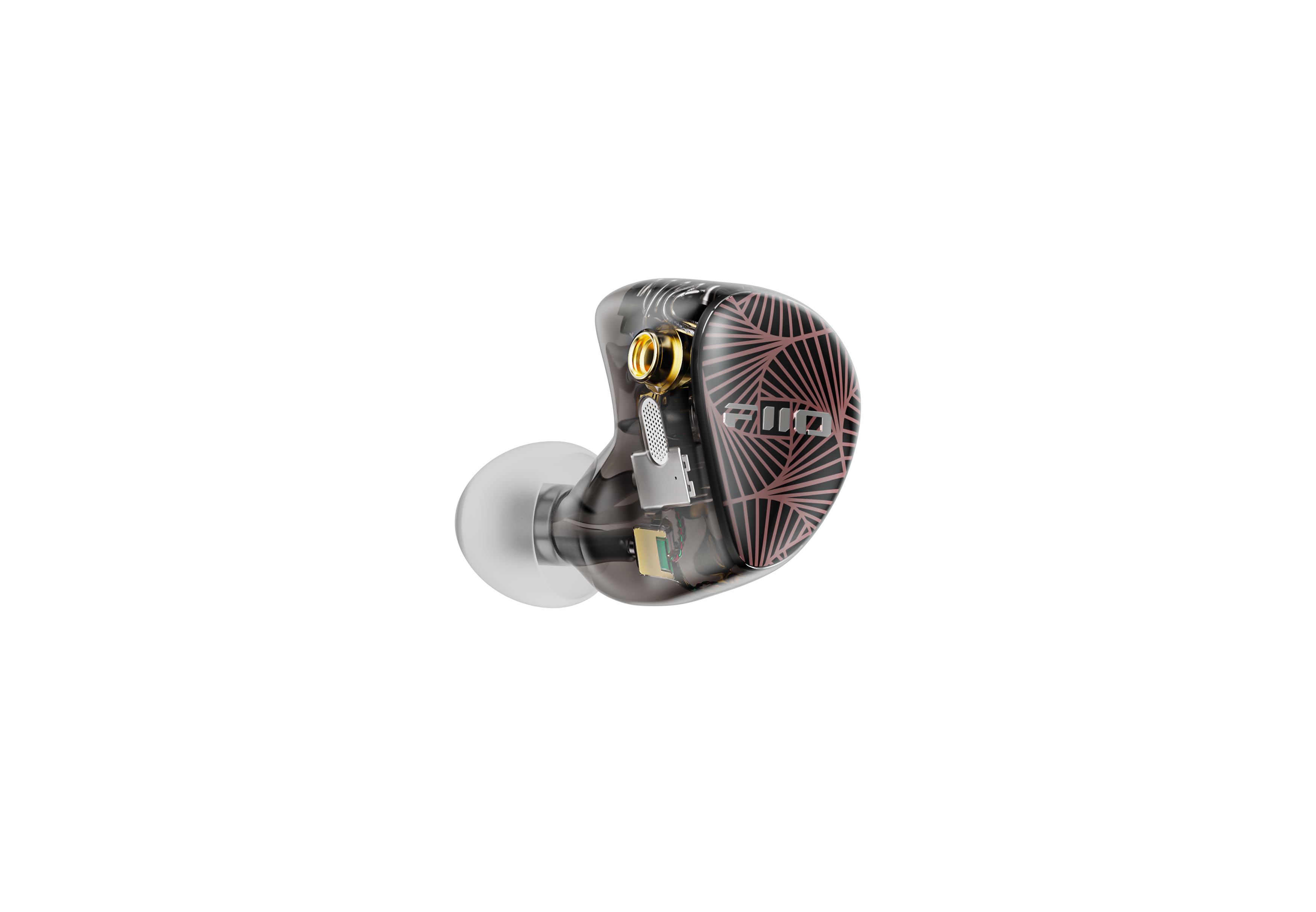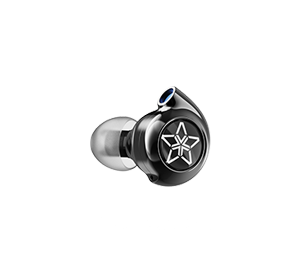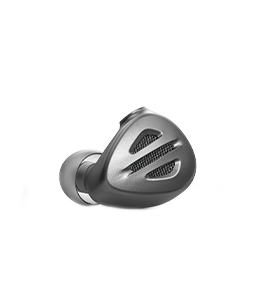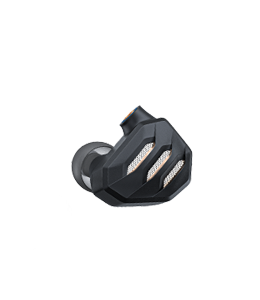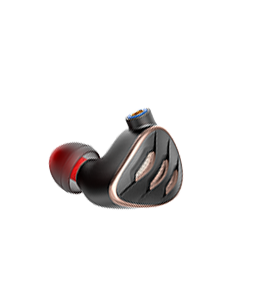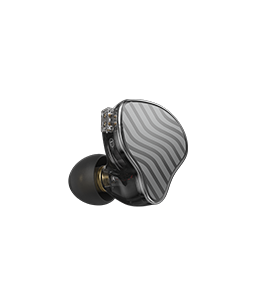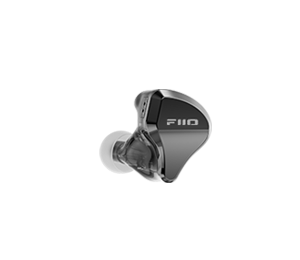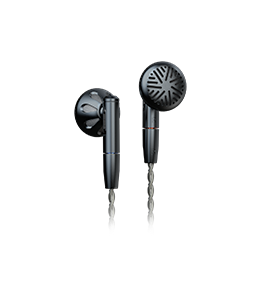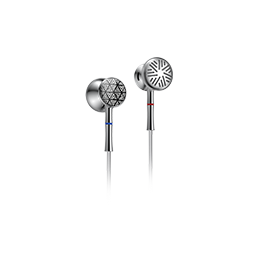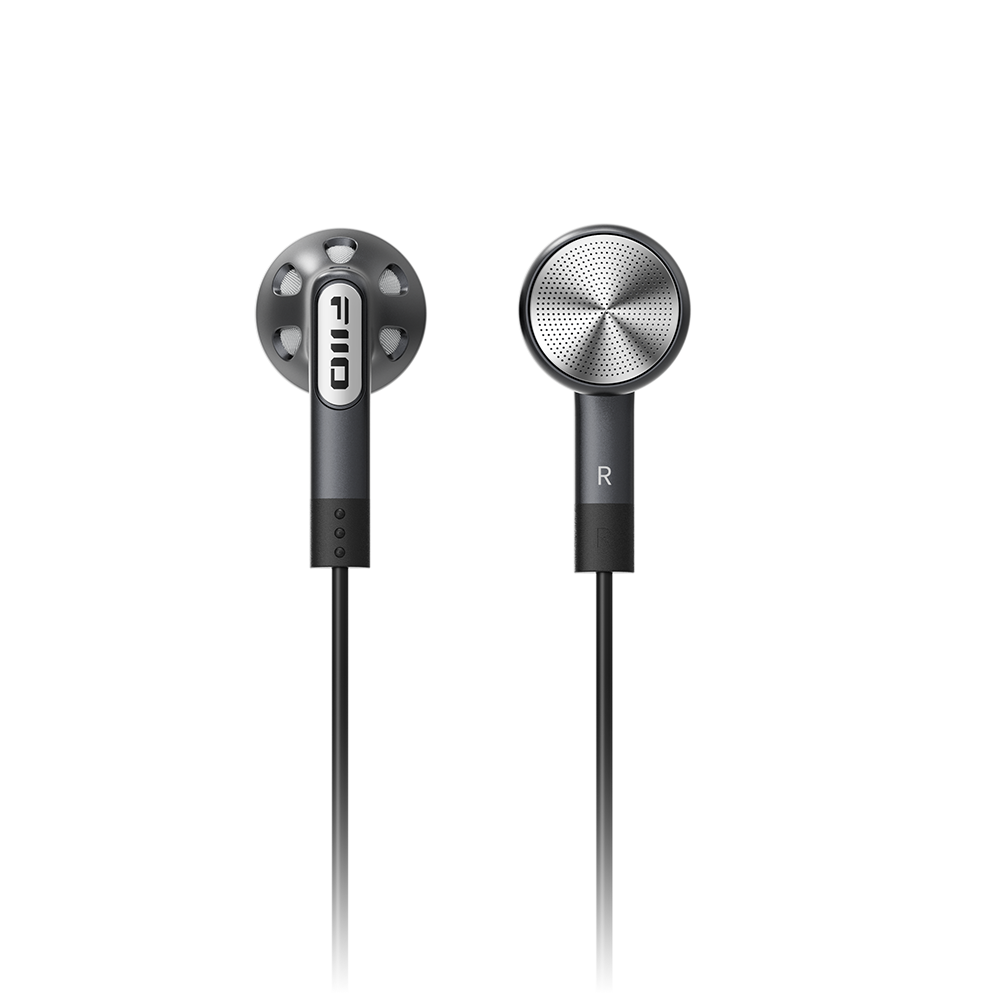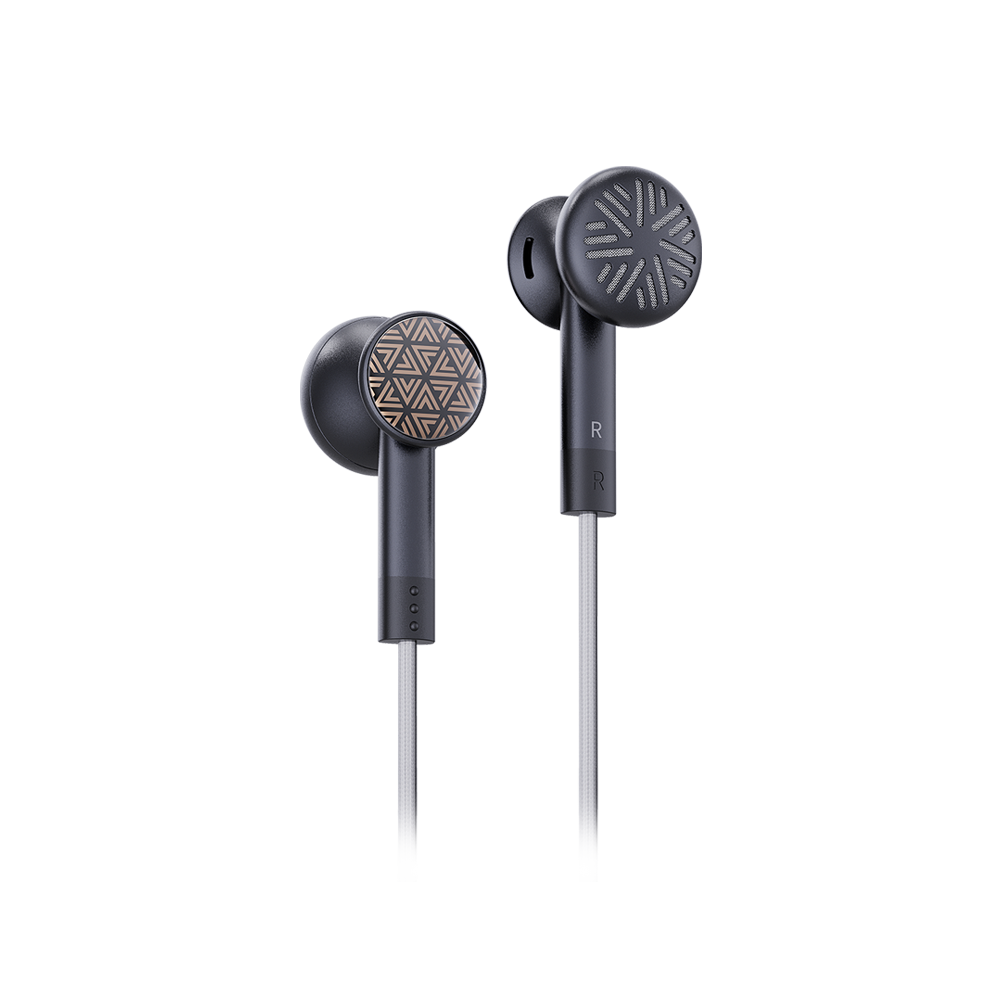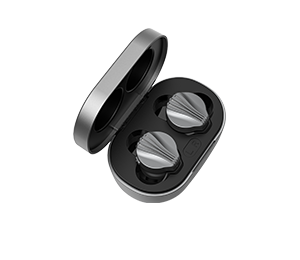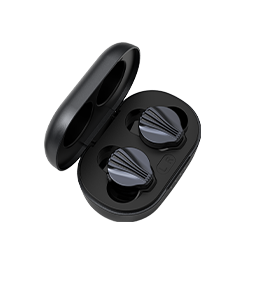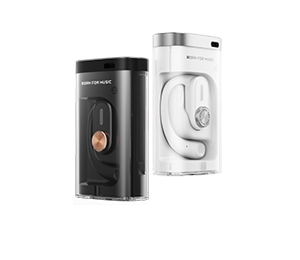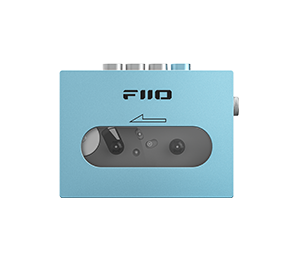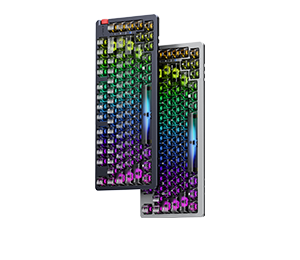REVIEW: FIIO M3 – ULTRA PORTABLE AUDIO
Author:Paul
Review from:Headfonia
→→ Read the original article on Headfonia:>> Click here
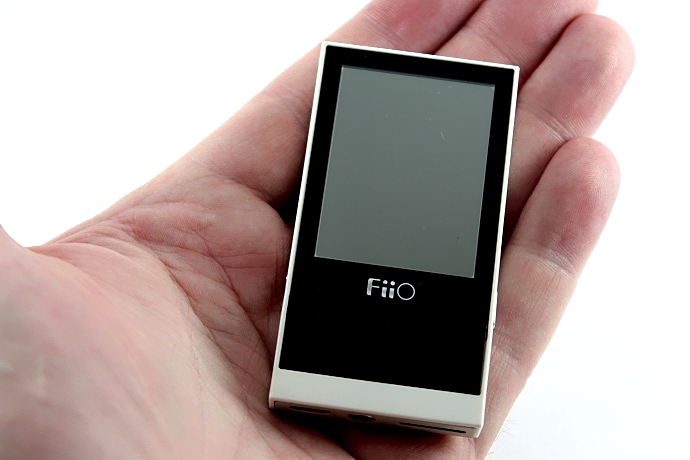
Disclaimer: Fiio Sent us a free sample of their latest low budget DAP, the Fiio M3, for free. Fiio is also a site advertiser and the unit (which Paul has) doesn’t need to be returned.
INTRODUCTION
Being a hobbyist reviewer has exposed me to a lot of DAPs over the last few years, and I’m currently spoilt for choice with the DAPs I have on hand – owning the Fiio X1, X5, X3ii, and having access to review samples for the X5ii, L&P5, and L5 Pro. I’ve used each of them (a lot) over the last few years – and up until now, the X3ii has been my main go to portable DAP for daily use.
I’ve been using Fiio audio equipment for close to four years now (amps, DACs, and DAPs), and have watched them evolve in that time from a fledgling audio company to a serious player in the personal audio world. A couple of things have stayed constant in all of my time using Fiio products though – they’ve always strived to improve their performance (interacting with the community to get guidance along the way), and they’ve always aimed to release audio products that measure well, sound great, and offer real value for money.
I have to admit that this year the main DAP I was waiting for was their TOTL X7 – and because of this the impending release of the Fiio M3 almost slipped under the radar for me – until Lieven asked if I’d like to take one for a test drive. I had a quick read of the specs, and was suitably curious. At USD 55.00 retail, here was a truly portable option. But would the price reflect the quality – or could this be a potential game changer for mainstream audio?
ABOUT FIIO
By now a lot of audio hobbyists will know about the Fiio Electronics Company. If you don’t, here’s a very short summary. Fiio was first founded in 2007. Their first offerings were some extremely low cost portable amplifiers – which were sometimes critiqued by some seasoned “audiophiles” as being low budget “toys”. But Fiio has spent a lot of time with the audio enthusiast community, and continued to listen to their potential buyers, adopt new ideas, and grow their product range. They debuted their first DAP (the X3) in 2013, and despite some early hiccups with developing the UI, have worked with their customer base to continually develop the firmware for a better user experience. The X3 was followed by the X5, X1, X3 2nd Generation (X3ii), X5 2nd generation (X5ii), and just recently the X7.
Fiio’s products have followed a very simple formula since 2007 – affordable, stylish, well built, functional, measuring well, and most importantly sounding good.
PREAMBLE – ‘ABOUT ME’ (or a baseline for interpreting the review).
I generally tend toward cans that are relatively neutral/balanced, but I do have a fondness for clarity, and suspect I might have slight ‘treble-head’ preferences. I am not treble sensitive (at all), and in the past have really enjoyed headphones like the K701, SR325i, and of course the T1 and DT880.
I have extensively tested myself (abx) and I find aac256 or higher to be completely transparent. I do use exclusively redbook 16/44.1 if space is not an issue. All of my music is legally purchased (mostly CD – the rest FLAC purchased on-line). I tend to be sceptical about audiophile ‘claims’, don’t generally believe in burn-in, have never heard a difference with different cables, and would rather test myself blind on perceived differences. I am not a ‘golden eared listener’. I suffer from mild tinnitus, and at 48, my hearing is less than perfect.
My experience with DAPs in the past had been initially with some very cheap Sony offerings, then step-ups to the Cowon iAudio7, iPhone4, iPod Touch G4, iPhone 5S, HSA Studio V3, Fiio X5, X1, X3ii, X5ii, X7 and the Luxury & Precision L&P5 and L5 Pro.
WHAT I GENERALLY LOOK FOR IN A PORTABLE DAP
I thought I’d list (before I start with the review) what I really look for in a new DAP.
Clean, neutral signature – but with body (not thin)
Good build quality
Portable – easy to carry and relatively lightweight.
Reasonable battery life
Easy to use interface
Able to drive both low impedance and (within reason) higher impedance cans without additional amping. However – due to the size of the M3 and the obvious intention to be used with highly portable cans or IEMs, I have foregone this requirement.
Value for money
Enough storage to hold either my favourite albums in redbook, or my whole library in a reasonably high resolution lossy format (for me – aac256)
During the review I’ll refer back to this list and see how the Fiio M3 performed.
This is a purely subjective review – my gear, my ears, and my experience. Please take it all with a grain of salt – especially if it does not match your own experience.
Click HERE or below to go the review on the next page
E REVIEW
PACKAGING AND ACCESSORIES
The Fiio M3 arrived in a smart red and white printed retail box. The box measures approximately 100 x 150 x 22mm. On the front is a picture of the M3 together with a pair of white earbuds. On the rear are details (in English and Chinese) of the specifications and features.
Opening the box reveals a clear plastic tray housing a pair of white earbuds, the M3 itself, and a data / charging cable. Underneath the tray is a black cardboard envelope containing a quick start guide, lanyard (for wearing the M3 attached around your neck), a warranty card, and two screen protectors (it also comes with a screen protector already in place).
The entire package is practical, covering everything you need to get up and running straight away with the player.
TECHNICAL SPECIFICATIONS
The table below lists most of the relevant specifications. I have (as a comparison) also listed specifications from Fiio’s other budget DAP – the X1.
| Fiio M3 | Fiio X1 | |
| Approx cost | USD 55.00 | USD 100.00 |
| Dimensions | ~ 74 x 40 x 9mm | ~ 97 x 58 x 14mm |
| Weight | 40g | 106g |
| Lossless support (up to) | APE 48/16, FLAC 48/24, WAV 96/24 | APE, FLAC, WAV, WMA, ALAC, AIFF |
| Lossy support | MP3, WMA, OGG, M4A (excl raw .aac) | MP3, AAC, OGG, WMA |
| Highest resolution | 96 kHz, 24 bits | 192 kHz, 24 bits |
| Use as external DAC? | No | No |
| Battery | 550 mAh | 1700 mAh |
| Play time | ~ 24 hours (screen off with 32 ohm hp) | ~ 12 hours(screen off with 32 ohm hp) |
| Recharge time | < 2.5 hours | < 4 hours (DC5V, 2A) |
| DAC chip used | CS42L51 | PCM5142 |
| Main amp chip | Integrated with DAC | ISL28291 |
| S/N (H/O) | ≥95 dB (A-Weight) | 110 dB (A-Weight) |
| THD+N (H/O) | <0.008% (1 kHz) | <0.003% (1 kHz) |
| Crosstalk | >70 dB (1 kHz) | >70 dB (1 kHz) |
| Output into 16 ohm | >50 mW (THD+N<1%) | >100 mW (THD+N<1%) |
| Output into 32 ohm | >30 mW (THD+N<1%) | >65 mW (THD+N<1%) |
| Max output voltage | >2.8 Vp-p | >4.2 Vp-p |
| Max output current | >70 mA | >130 mA |
| H/O impedance | <0.4 Ω(32Ω) | <2.0 Ω(32Ω) |
| Line Out | No | Yes, shared with headphone-out |
| Internal storage | 8 Gb | None |
| External storage | 1 x Micro sdxc up to 64Gb (see review) | 1 x Micro sdxc up to 128Gb |
| Screen | 2.0’ TFT, 240 x 320 resolution | 2.0’ TFT, 240 x 320 resolution |
| Shell / Casing | Moulded plastic unibody | Aluminium alloy |
Features not mentioned above include:
Resume playback from last position on power-on
Support for CUE sheets
Gapless playback (to be realized in coming firmware update – according to pre-release documentation)
L/R balance (10 dB)
Sleep / Idle standby
Adjustable EQ – 5 band (X1 is 7 band)
Fade-in / Fade-out (between tracks)
BUILD / DESIGN
The M3 is tiny – and I mean really small. In fact most IEM cases would be large enough for the M3 to fit comfortably inside. In fact, in terms of metric volume, the M3 is roughly 1/3 the size of Fiios other budget DAP the X1. The outer casing is a unibody design – injection moulded plastic – in two tone ivory (front and sides) and light grey (back panel). Fiio (in their release notes) state that the actual production releases are to have a whiter front and darker back – but I really like the colouring on the pre-production review sample.
On the left hand side is a single power / screen on/off button. Below this is the connecting point for the neck lanyard. On the right hand side is a sliding keylock button. On the bottom (left to right) is a micro USB data / charging port, a 3.5mm headphone-out, and a micro-sd slot.
The front panel is almost all taken up with the 240 x 320 pixel screen, and below that a dual row of physical control buttons which light up when pressed, but fade out when not in use. The buttons on the review sample all give good tactile response (although sometimes it is quite easy to push the wrong button), the 3.5mm port is firm, and the micro-sd slot is smooth to use, and at the same time recesses the card perfectly.
The screen can be adjusted from a brightness level of 1 to 10, but unfortunately even at the very bright setting the M3 is practically unreadable in direct sunlight. Shading, or moving into a shaded area is often the only way to navigate when outside.
As far as external storage goes, I’m primarily using a Kingston 64Gb class 10micro SDXC, and have had no issues with it (I formatted it in the player before use). I also tried my 128Gb Sandisk, and although Fiio says it is not supported, there were no issues reading that either.
So initial impressions on build is positive, and the M3 is the true epitome of portability – just 40g, and easily able to fit in any pocket. Tick my requirements for build and portability. The screen could be better – but we’re talking about a $55 DAP here.
DESIGN – INTERNALS
Although you can’t see them, it is probably a good idea to mention the internal electronics. The DAC used is a Cirrus Logic CS42L51, and one of the key features of this chip is that it operates from a single, 1.8 V power supply for low power consumption, yet delivers plenty of output power, 46 mW, into stereo 16 ohm headphones for a great listening experience. This highly integrated 24-bit, 96 kHz stereo codec is based on a multibit Delta-Sigma architecture which allows infinite sample rate adjustment between 4 kHz and 100 kHz.
Accompany the low power chipset with the 550 mAh battery, and you have a player that can (and does) play for up to 24 hr (display off) depending on volume used, file format, and headphones used. I’m comfortably getting 3-4 days between charges, with 6-8 hours use per day, and the best thing is that recharge time is generally 2-2.5 hours. So a big tick on my battery life requirement mentioned earlier.
The SoC used is an Actions ATJ2129 – which is a MIPS32 processor core with 5 stage pipeline, 163k SRAM and 88K Mask ROM. This does mean that Rockbox is not possible, and unfortunately it also means some limitations in things like maximum number of tracks scannable for the tagged library. But Fiio also says that by using this SoC and design combo, they can make the entire device fully modular, so any services not being used can be shut down to conserve battery.
It continues on Page 3 after the click HERE or below
(USER INTERFACE) / USABILITY
Please note that this is with the released firmware 1.5.
I’ll start by saying that those who are very OCD about having firmware that meets their every need – the M3 is not for you. It has its quirks (and they are many), so let’s look at what it offers, and where it falls down.
On boot-up you are presented with a welcome screen, and then straight into a now playing screen. Boot-up takes around 10-12 seconds.
The button layout consists of 6 buttons –
Top left is the menu button. Long push for the settings menu, and short push for the play related menus. It is also a back-button, for going back one step (menus, folders etc).
Top center is the up button for navigation in menus, and also for controlling volume while playing.
Top right is the play, pause, select button
Bottom left is the previous track (single push), or rew (press and hold) button
Bottom center is the down button for navigation in menus, and also for controlling volume while playing.
Bottom right is the next track (single push), or ffw (press and hold) button
The buttons have straightforward surface markings, and one of the neat things is that these glow red briefly when pushed – which makes navigation in low light really simple.
The Settings Menu accesses:
Play mode – repeat once, repeat all, shuffle and play through normally
Add to favourites menu or the two playlist menus
Access the Equaliser
Access information on the track being played – including kbps and sample rate
Delete current track
Access extended settings
The extended settings menu includes entries for:
Setting resume mode (on or off)
Turning fade in/out on or off.
Setting maximum volume (useful if purchased for children)
Setting default volume (last used or custom)
Balance control 10 dB left or right
Preferred display (album or lyrics)
Language (10 options)
Update media library – auto or manual
Screen timeout and brightness controls
Idle power off and sleep timer
Player information
Format internal memory
Format external storage
Restore factory defects
Auto upgrade
The play menu (short push of the menu button from now playing) includes entries for:
Access favourites menu or the two playlist menus
Song menu (tagged library)
Artist menu (tagged library)
Album menu (tagged library)
Folder menu – which allows choice between internal and external memory, and doubles as simple folder playing. In folder play mode, the M3 will automatically select the next folder once current folder has ended (play through folders) – brilliant!
Now playing screen
The top menu bar shows (left to right) volume, EQ status, SD card, whether player is playing or paused, play mode selected, and battery status. This top-bar is always shown from every menu.
Album art is shown if available.
Below the album art is a track progress bar, time taken, total track time, track name (uses the file name rather than tagged name), current track number, album name, and total track number.
Equaliser Settings
There are 6 presets, off, and a custom option. Choosing any preset or custom automatically lowers the volume by 6dB to avoid clipping. The custom folder has +6 dB to -6 dB over 5 bands (62 Hz, 250 Hz, 1 kHz, 6 kHz and 16 kHz. It seems to be Ok for very rudimentary tweaks, and I’ve used for a tweak to bass or bump in the treble, and it is pretty handy to have. The presets are presets – none that I would use, but others may find them useful.
The Good
Navigation is simple
In folder mode, there is no track limit
In folder mode, with a well organised folder structure, navigation is relatively quick
Pressing and holding the up or down button scrolls (albums etc)
It is relatively easy to find your way around, quite easy to learn.
In tagged browsing, when selecting artist, next choice is album, then track – the way it should be.
The Not So Good
Tagged libraries seem to be limited to maximum 4000 files. After that they simply aren’t recognised. Again folder browsing is the simple work-around for this. The 4000 file limit seems to be a limitation of the SoC (Clip Sport has same SoC and same limit).
Internal and external storage are treated as completely separate – both tagged and folder browsing
To change between the two, you actually have to select and start playing a song – before you can access the menu functions for that part of the library
Menus are not exactly intuitive with items that should be in a play menu found in settings menu, and many not having a clear order.
In tagged browsing, sorting is done based on file name rather than track name.
Gapless apparently is supposed to work if using cue sheets. I don’t use them – so gapless is off the table for me.
Favourites and playlists are “add one track at a time”, I can’t seem to change order, and I see no way to delete a song from the playlist. The only way to edit them so far seems to be deleting the .pl files, and starting again.
The player does not recognise m3u playlists (it would have been really handy if you could build a playlist manually, upload it, and use it – like you do on the other X series players).
Folder browsing works perfectly, but often folders or albums will appear out of order. This can be fixed using a Windows utility called Drive-Sort.
During my testing of the M3 I tried the formats Fiio say are supported. For lossless, I tried APE, FLAC and WAV, and had no issues with playing or most tags. WAV and FLAC both displayed album art, for some reason APE did not. With the lossless, all lossy files showed tagged support, but only the MP3 and aac256 files showed album art. All played OK though.
I had read (from another forum) that the M3 potentially had issues with distortion at loud volumes – so to test this I used the 320 ohm Zen V2, turned volume up to max, and didn’t put them fully in my ears. I couldn’t discern any major audible distortion. YMMV.
SOFTWARE UPDATES
Pretty easy to do. Download the file from Fiio’s site, extract and copy the M3.hex file to the root directory of the M3, and then access the settings menu, and select auto upgrade. Easy.
POWER OUTPUT
Fiio publishes the output power as 50 mW into a 16 ohm load, or 30 mW into a 32 ohm load, with no separate gain boost switch. Output impedance is a very low 0.4 ohm. So it sounds pretty low, and it was clearly designed for an ultraportable set-up (IEMs / earbuds) – but what does that mean as far as what the M3 can successfully drive?
The following is completely subjective – but I did use a calibrated SPL meter to get comparative peak dB readings using Dire Straits track Sultans of Swing. The earbuds are a bit louder due to their open nature.
Fiios included earbuds – volume 20 – ave ~ 81 dB – peak 91.7 dB
VE Zen (320 ohm, 108 dB SPL) – volume 29 – ave ~ 80 dB – peak 90.2 dB
Trinity Delta (16 ohm, 110 dB SPL) – volume 20 – ave ~ 74dB – peak 84.3 dB
Dunu DN2000J (8 ohm, 102 dB SPL) – volume 17 – ave ~ 73 dB – peak 82.6 dB
Adel U6 (22 ohm, 115db SPL) = volume 17 – ave ~ 72 dB – peak 81.2 dB
AKG K553 (32 ohm, 114 dB SPL) = volume 25 – ave ~ 75 dB – peak 82.4 dB
*these sounded quite a bit brighter than they normally do + measurements are not as accurate as with IEMs.HD600 (300 ohm, 97 dB SPL) = volume 35 – ave ~ 73 dB – peak 81.4 dB
* again these sounded brighter than normal + measurements are not as accurate as with IEMs
Of everything that I tried, the two full sized headphones sounded thin and overly peaky – clearly being under-driven. Everything else sounded pretty good to my imperfect ears. And the volume tops out at 60 – so a bit of room left in all of the above cases.
INCLUDED EARBUDS
Fiio has chosen to include a set of earbuds which is a nice touch – especially at this price point. I know most people in this community will probably flip these into a drawer, but the actually aren’t too bad. I found the fit pretty difficult to get right until I added some foam covers, and this also helped bass response. Tonality is pretty good and they sound similar in many ways to VE’s Monk earbuds (I’ve graphed them so you can see – both with foam covers intact). The Fiio buds also come with a single button control unit (+ microphone) on the left hand earpiece cord – which will play/pause, and go forward or back one track.
Sonics and a lot more on the last page after the click here or below
NICS
Some may find this section a little limited, so I’ll give you some insight into the way I’ve changed my opinion on how to describe the sound with any competently made DAC, DAP or amplifier. The problem with trying to break the sonics down to bass, mids and treble is that DAP / DAC / amp is designed (or should be designed) to be essentially flat across the frequency spectrum. If it has enhanced bass, then isn’t it adding colouration that should come from the headphones or EQ or recording?
Likewise, I won’t comment a lot on soundstage, as this is primarily a by-product of the actual recording, or the transducers you’re using.
So how do I go about describing it? Well I can’t measure it this time as I’d need to be able to isolate the signal from the M3, and I don’t have the equipment to do this – so instead I have shown Fiio’s graphed frequency response from a -5dB sinusoidal signal. This shows a pretty flat curve with slight roll-off below 50dB, and slight peak at around 16 kHz – but for all intents and purposes flat (peaks and roll off are less than 0.1 dB so at the extremes are essentially inaudible).
So instead, I’ll just say that I really like the sound from the M3, and will give you my (very) subjective impressions of the M3 compared to the X1 (as this will be probably the closest competitor and I don’t have anything else in the range to compare.
With this comparison, I used a 1 kHz test tone to exactly match volume, and used my Adel U6 to compare on tracks I know really well.
Warning – very subjective impressions ahead.
Fiio M3 vs Fiio X1
The first thing I noticed between the two DAPs is that the M3 seems to be very slightly warmer than my X1 (this was a trait repeated on both the X5ii and X3ii also). The second thing is that I think the X1 resolves small details slightly better. With this comments though, the difference is pretty small, and after volume matching, the only way you’d notice it is with critical listening, which is something most people won’t be doing when they are “out and about”. In terms of stage, bass, treble, mid-range – I’m not noticing a lot of difference – except for the fact that the X1 sounds slightly cleaner and clearer. What the M3 brings instead is a slightly smoother, more organic sound which some may really like, and others not. If I had to highlight the difference I would say that the M3 would be the Classic 5thGen iPod vs the X1 being the Classic 7th Gen iPod (organic vs cleaner / detailed sound). I know a lot of people preferred the 5th Gen for the Wolfson DAC’s more organic sound – but I always like the 6thand 7th Gen for their cleaner more detailed sonics.
So on pure SQ alone, I’d probably lend my preference toward the X1 – but let’s see what changes when looking at some of the other features.
On size and true portability – no competition – the M3 wins easily, it is a fantastic little DAP to carry around, and whenever I am out and about now, it rarely leaves my trouser pockets. And ditto for battery life – the M3 just goes and goes, while the X1 is a little more limited (by around ½).
For the UI – I actually don’t mind either – but in terms of features within the UI, and the superior sorting and maturity, I’d take the X1 – and this is especially so when looking at things such as EQ. And the X1 also takes the crown for power, and also the ability to pair with an amp via line-out if required.
Finally – when looking at cost, the M3 is considerably cheaper, and for some this will be a big factor. Actual value will be a different proposition and largely dependent on the individual features of each unit and your own preferences. For me personally – for an all-purpose DAP on a budget, I’d probably take the X1 – but for a truly portable rig, then the M3 is extremely compelling. And in fact most of the time when I am heading out and about now, I usually take the M3 + either the Adel U6 or new q-Jays (depending on my need for isolation). And remember – I have the choice of M3, X1, X3ii, X5, X5ii, and a couple of top tier DAPs from L&P (the L5 Pro and LP5). The reason is simple – it’s tiny, sounds good, easy to use, and will last all day.
CONCLUSION
I waited a while before completing this review – mainly to see how the firmware matured, and whilst it has definitely improved, it’s still not complete yet, and may not be for a while. This does not mean it is not usable yet, and for some (me included) I’d buy it anyway – it still brings a lot to the table.
The M3 is a tiny little DAP with reasonable storage options, great form factor, fantastic battery life, and some pretty good features. It is also pretty cheap, and has a nice smooth slightly warm organic sound. It is a wonderful choice if you are very mobile, or need a cheaper “run-about” for gym sessions etc. It has a low output impedance which is ideal for IEMs, and enough power to successfully drive most portable earphones or headphones.
Where the M3 lacks is with its very rudimentary GUI, limitations with tagged library, and quirky organisation. Because of this, if you are a little “OCD” about everything being organised 100% and the GUI being completely intuitive and hassle free – then the M3 is not for you.
For those who are willing to make allowances though, I would thoroughly recommend it. My 12 yo daughter borrowed it for a few hours, and even in that short time she was using it like a pro, and was thoroughly delighted with the interface. For me personally, the M3 has become my default DAP for exercise or outdoor activities.
On a star rating, I’d give the M3 somewhere between 60-70%, which in my books is pretty good. If Fiio can smooth out some the wrinkles, then I can see the M3 becoming a classic over time.
FINAL THANKS
My thanks and appreciation to the team at Fiio for this opportunity, and as always to Lieven for the opportunity to post on Headfonia.



